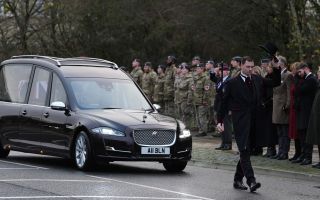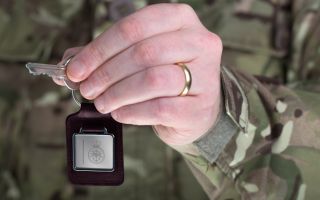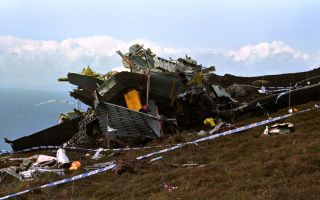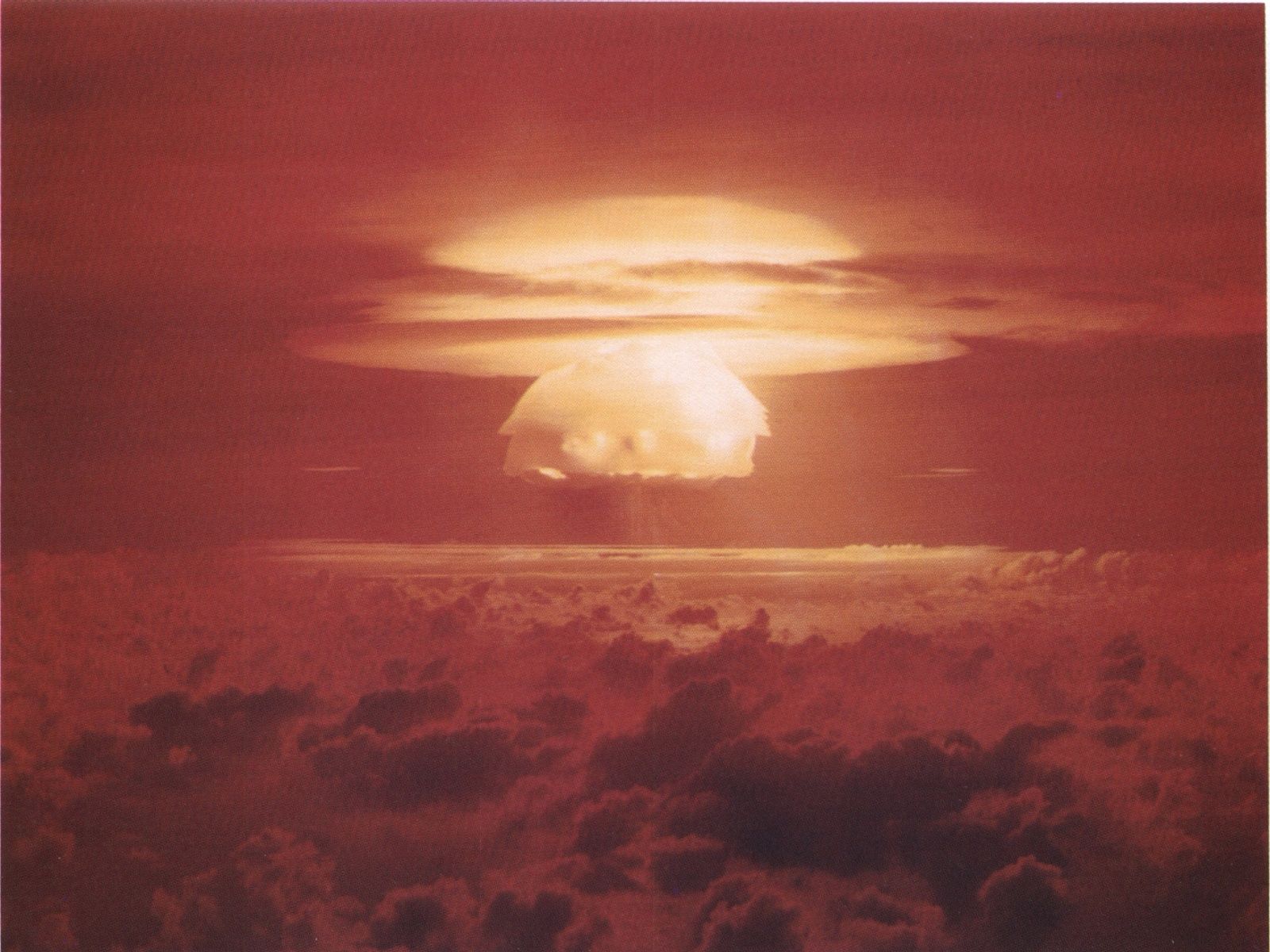
Imagine Sending Your Kids to School With a Nuclear Weapon

Could you imagine carrying a tactical nuclear launcher that would be small enough to fit into a backpack – the kind of size you might fit, say, into a child’s rucksack for a school trip?
It sounds both bizarre and terrifying in equal measure but such a concept was conceived during the Cold War.
The American Army started to consider how it might develop and deploy tactical nuclear weapons on the battlefield as counterparts in the Navy and Air Force concentrated on the country’s strategic nuclear arsenal delivered by submarines, long-range bombers or ballistic missiles.
Enter the M-23 Davy Crockett Weapon System.
This was a tactical nuclear launcher, capable of the firing the M-388 Nuclear projectile, fired by a recoilless rifle system operated by a three-man crew.
It is one of the smallest nuclear bombs ever conceived and had a yield of 10-20 tones of TNT.
The backpack was compact, allowing it to be carried by a single person, and not unlike a school trip-sized rucksack.
However, at 35kg, it might perhaps be a little heavy for the average child to carry around.

The idea of using this type of nuclear device entered the military sphere in the early 1960s with a view to creating smaller nukes that caused a fraction of the destruction of the larger nuclear missiles.
Nato forces examined ways of slow down the Communist advance amid fears of Soviet forces marching through the Fulda Gap in Germany, with the notion a nuke fired by a type of rifle – hence the Davy Crockett moniker – among the weapons concepts mooted.
The device would have had a range of two kilometres, but turned out to be notoriously inaccurate in tests and, once fired, it could not be aborted, meaning its main threat came from the sheer amount of radiation it would pump out.
It would put out a lethal dose of radiation across about 500 metres, putting the troops who delivered the load at risk.
The weapon has never been used in conflict but was deployed at one time in the 3rd Armoured Division in Germany. The US produced more than 2000 of the systems, while West Germany’s Defence Minister Franz Josef Strauss pushed to equip German forces with the device.
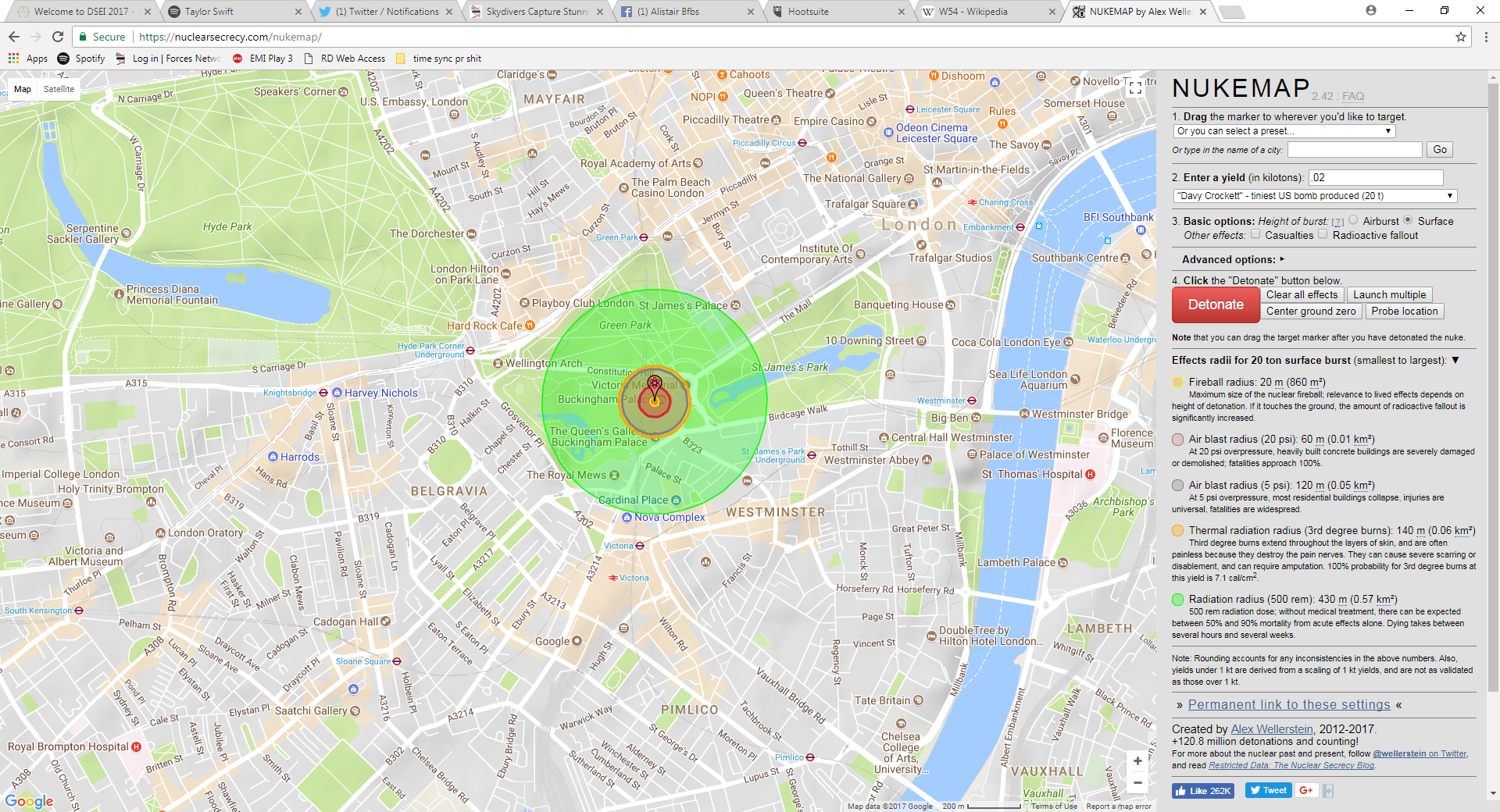
As an example of its power, a device exploding at Westminster Palace in London could produce a 20-metre fireball, an air blast strong enough to demolish neighbouring buildings within 120-metres.
If it blew up on Westminster Palace, it would produce a 20-meter fireball (yellow), an air blast strong enough to demolish all buildings within 120 meters (grey) and spread fatal radiation across the entire green zone in the illustration above.
If you want to know more about the incredible historical development in weaponry, don't miss Weapons Races on Forces TV, Mondays at 9.

